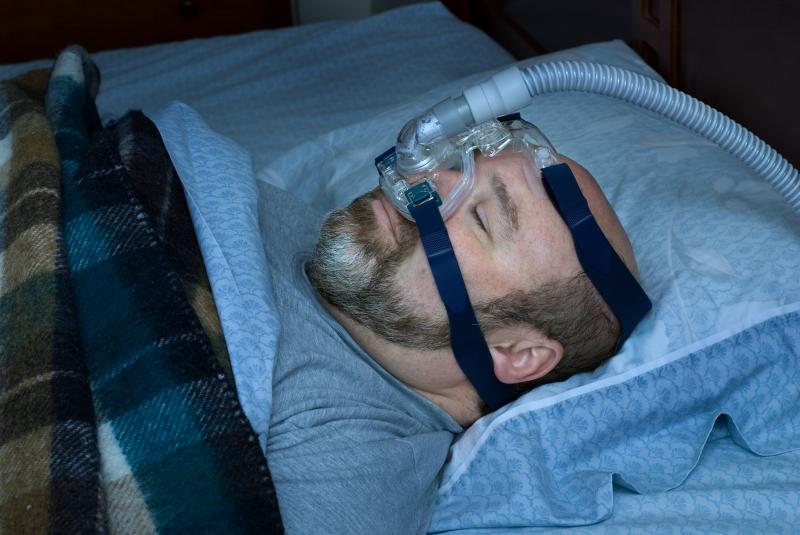
Awareness of the risk factors for residual apnoeic–hypopnoeic events can improve the timely delivery of personalized care for patients with obstructive sleep apnoea (OSA), including the type of positive airway pressure (PAP) therapy, attention to comorbidities and choice of interface, a study has shown.
The analysis included patients from the prospective French sleep apnoea registry diagnosed with OSA (apnoea–hypopnoea index [AHI] ≥15 events/h) treated with continuous (C)PAP. Factors associated with a risk of residual AHI >5 events/h on CPAP were identified by logistic regression analysis.
A total of 12,285 OSA patients were included, most of which were men (n=8,715; 70.9 percent), middle-aged (58.2 years) and obese (median body mass index, 31.1 kg/m2). Majority of the patients (n=9,573; 77.9 percent) had an AHI ≤5 events/h compared with 22.1 percent with AHI >5 events/h. The latter had less adherence to CPAP therapy (5.75 vs 6.00 h/night).
Multivariable analysis revealed that residual AHI >5 events/h was associated with age, male sex, sedentary lifestyle, OSA severity, cardiovascular comorbidities (eg, heart failure and arrhythmia) and type of interface (ie, orofacial mask vs nasal mask: odds ratio, 2.15, 95 percent confidence interval [CI], 1.95–2.37). In subgroup analysis, patients using pressures >10 cm H2O were 1.43 (95 percent CI, 1.3–1.57) times more likely to have residual AHI >5 events/h.
“CPAP is the first-line therapy for OSA,” the authors said. “Residual apnoea and/or hypopnea events … during CPAP contribute to treatment dropout.”